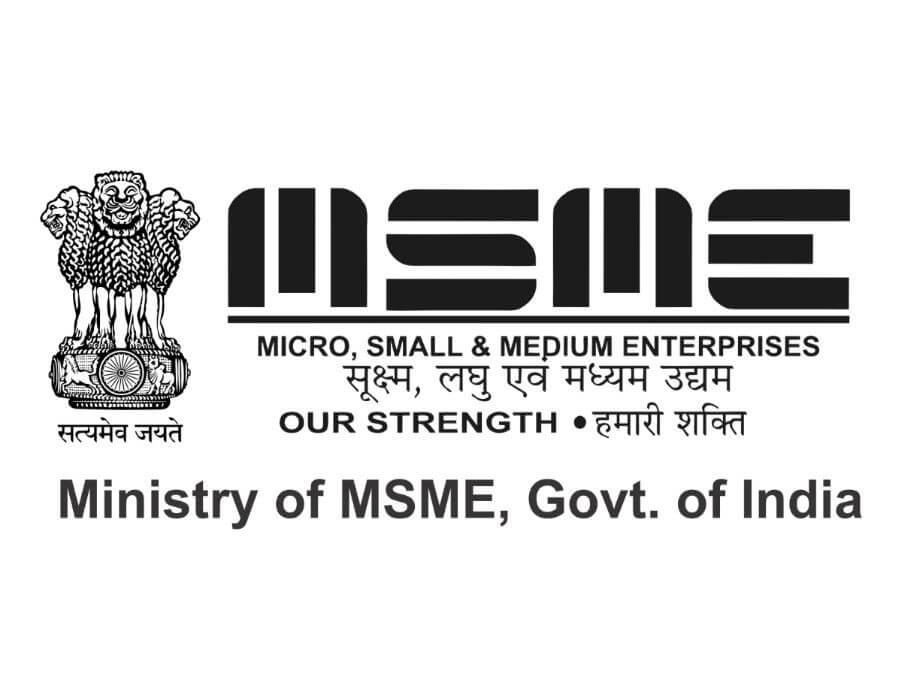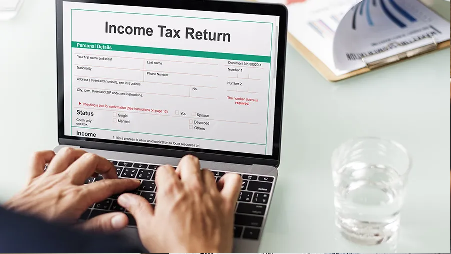Practical Income Tax training provides hands-on knowledge of tax calculations, return filing, TDS compliance, and income tax assessments. It covers essential concepts such as exemptions, deductions, and tax planning strategies. Participants gain practical skills in handling ITR forms, calculating tax liabilities, and ensuring timely compliance. This training is ideal for accountants, tax consultants, and business owners, enabling them to manage income tax obligations efficiently and accurately while staying updated with current tax laws.
COURSE FEATURES
- Individual Focus on each student
- 100% Placement Assurance
- Live Online Training Program
- 100% Practical Approach
- Affordable Fee's Structure
- Trained and Experienced Faculty
- Learn by Doing
- Mock Exams
- Comprehensive Study Material
COURSE DETAILS
- Course level: Basic to Advanced
- 15 Hours Duration
- Assignments , Notes and Mock tests
- Last Updated: 1st January,2025
- Training Mode: Live online
- Timing : 7.00 - 9.00 AM
YES, I AM INTERESTED
COURSE CONTENT
MOCK TEST
Lorem ipsum dolor sit amet, consectetur adipiscing elit. Ut elit tellus, luctus nec ullamcorper mattis, pulvinar dapibus leo.
STUDENT TESTIMONIAL
"I am working professional. To upgrade my skills I took training on Taxation. Excellent training."
- Radha Krishna
"I Am Kumar From visakhapatnam. I Am Taking practical Accounts training from Ramesh Sir. Excellent Teaching Method. Happy To Take Training From This Institute. Thank You."
- Krishna Kumar
"One of the best institute in Hyderabad. I really thankful to Ramesh Sir. He is very motivated and ideal person for us and he is not only taught accounting but also inspired us in our personal life. I am very thankful to Ramesh sir for giving me such a great work."
- Prabhakar
"Best way to learn Accounting in this institute by best faculty. one of the top & best financial Accounting and Tax. Even With Our. Diverse professional background. Im Proud. to have learned from you. Thank you For Guiding Me Professionally and Personally.-"
- Rajesh Kumar
"Best Institute to adapt Practical Knowledge as well as theoretical Knowledge and high caring , attention towards the student in consideration of student is gaining knowledge and my lecturer explains in different ways and many times until the student understand the concept perfectly "
- Madhusudhan








